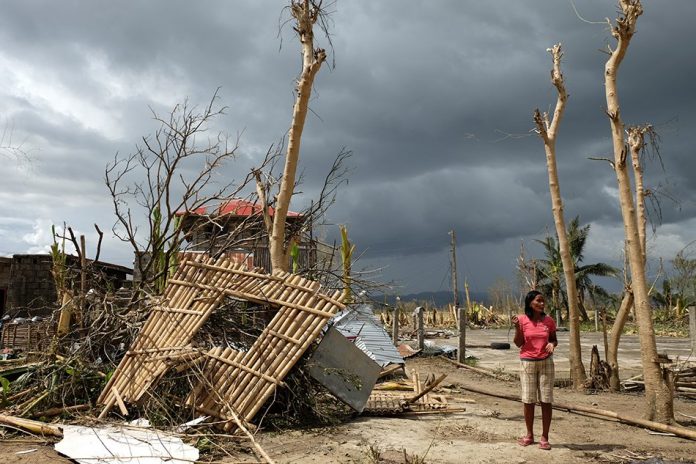
MANILA – Typhoon “Ompong” (“Mangkhut”), which ravaged parts of northern Philippines in September, contributed much to the increase in food prices, most especially agricultural goods, an economist from the IHS Markit said.
IHS Markit chief economist for Asia Pacific Rajiv Biswas said in an e-mail that the effects of last month’s typhoon on food inflation will be temporary, however.
“[T]yphoon ‘Ompong’ aka ‘Mangkhut’ has also caused tremendous damage to agricultural production, notably of rice and corn, which will also contribute to short-term food inflation pressures,” said Biswas.
“Domestic rice prices were already up 17 percent year-on-year even before the super typhoon hit the Philippines in mid-September,” he noted.
Data from the Philippine Statistics Authority (PSA) showed that food and non-alcoholic beverage inflation in September accelerated to 9.7 percent from 8.5 percent in August this year.
Aside from the onslaught of “Ompong” the previous month, world oil prices continue to rise in September and pump up inflationary pressures in the country.
“In addition to rising inflation pressures in recent months, further rises in world oil prices during September have pushed Brent crude to the highest level since November 2014, which will push up retail petrol prices in coming weeks, with the risk that oil prices could move even higher as US (United States) sanctions on Iranian oil exports come into force,” the IHS Markit economist pointed out.
“However inflation pressures are likely to start to moderate by early 2019, as the impact of the TRAIN 1 (Tax Reform for Acceleration and Inclusion law) indirect tax rises drop out of the CPI (consumer price index) calculation,” Biswas added. (PNA)







